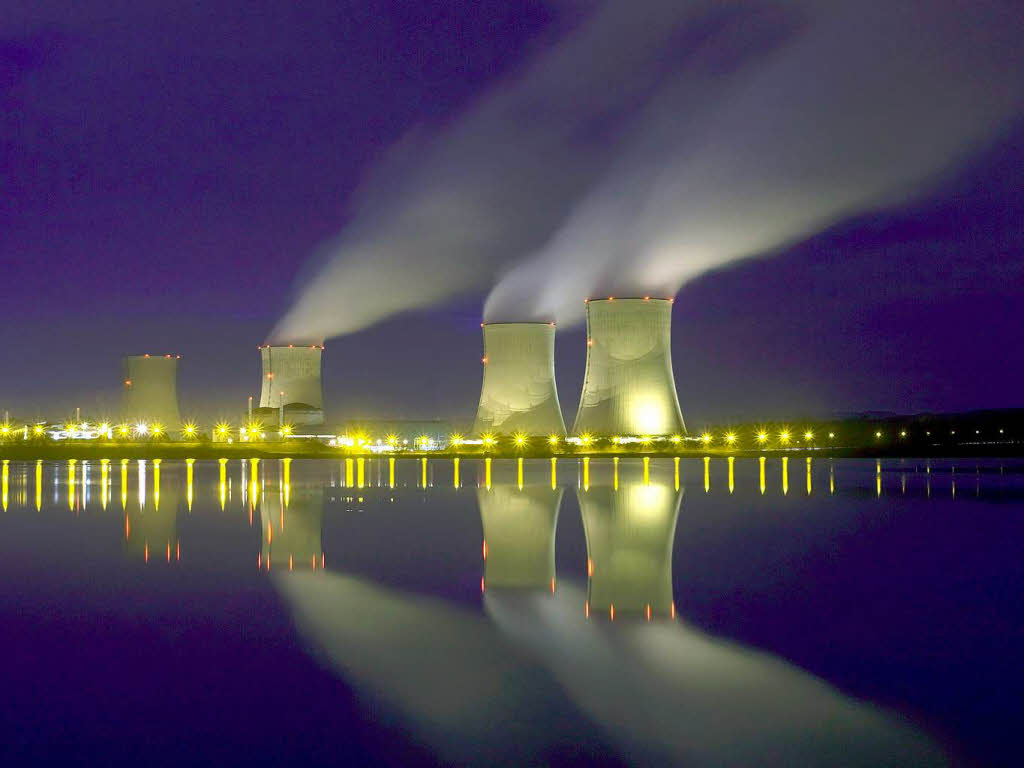


[File photo]
China will prioritize the development of a floating nuclear power platform in the coming five years, in an effort to provide stable power to offshore projects and promote ocean gas exploitation.
The news was announced by Wang Yiren, vice director of the State Administration of Science, Technology and Industry for National Defense. Wang told Science and Technology Daily that Chinese authorities have already carried out research on relevant core technologies as well as the standardization of maritime nuclear power plants, adding that the development of the facility is a crucial part of the country’s five-year economic development plan, running through 2020.
According to Wang, a diesel generator is currently the main power source for China’s offshore operation and the daily lives of residents on the Nansha and Xisha Islands. Diesel power is both inefficient and damaging to the environment; developing a floating maritime nuclear power platform may solve these problems and facilitate the construction of larger vessels in the future.
China would not be the first country to employ floating nuclear power plants. In the 1960s, the U.S. installed a nuclear reactor inside the hull of a freighter to provide electricity for the Panama Canal Zone. Ever since, nuclear reactors have been used on American and Russian ships to provide electrical power.
Once China's own platform has been created, the design will be put to use in ocean gas and oil exploitation. The country is doing its own research on the project, as well as seeking cooperation with Russia to hasten the process, Wang said.
Some experts believe that the development of nuclear power will constitute an important component of China’s future energy sector, as the average global proportion of electricity generated by nuclear power is 11 percent, while the number for China is only 3 percent.
The nuclear industry has been booming in China in recent years, especially since the Chinese government drew on lessons learned from the Fukushima accident in 2011 and introduced a full range of nuclear emergency precautions, including the publication of a nuclear safety white paper in January 2016.
 Fire brigade in Shanghai holds group wedding
Fire brigade in Shanghai holds group wedding Tourists enjoy ice sculptures in Datan Town, north China
Tourists enjoy ice sculptures in Datan Town, north China Sunset scenery of Dayan Pagoda in Xi'an
Sunset scenery of Dayan Pagoda in Xi'an Tourists have fun at scenic spot in Nanlong Town, NW China
Tourists have fun at scenic spot in Nanlong Town, NW China Harbin attracts tourists by making best use of ice in winter
Harbin attracts tourists by making best use of ice in winter In pics: FIS Alpine Ski Women's World Cup Slalom
In pics: FIS Alpine Ski Women's World Cup Slalom Black-necked cranes rest at reservoir in Lhunzhub County, Lhasa
Black-necked cranes rest at reservoir in Lhunzhub County, Lhasa China's FAST telescope will be available to foreign scientists in April
China's FAST telescope will be available to foreign scientists in April "She power" plays indispensable role in poverty alleviation
"She power" plays indispensable role in poverty alleviation Top 10 world news events of People's Daily in 2020
Top 10 world news events of People's Daily in 2020 Top 10 China news events of People's Daily in 2020
Top 10 China news events of People's Daily in 2020 Top 10 media buzzwords of 2020
Top 10 media buzzwords of 2020 Year-ender:10 major tourism stories of 2020
Year-ender:10 major tourism stories of 2020 No interference in Venezuelan issues
No interference in Venezuelan issues
 Biz prepares for trade spat
Biz prepares for trade spat
 Broadcasting Continent
Broadcasting Continent Australia wins Chinese CEOs as US loses
Australia wins Chinese CEOs as US loses